The Am (A minor) chord is a cornerstone for anyone beginning their guitar journey. It’s often one of the first minor chords that aspiring guitarists learn, and for good reason. The ‘m’ you see simply stands for ‘minor’, indicating its moodier, gentler sound compared to major chords.
Unlike some chords that can feel like finger gymnastics – ahem, the F major chord might come to mind for some! – the Am chord is known for its beginner-friendliness. It doesn’t demand awkward finger stretches, making it an accessible and rewarding early win.
Let’s break down how to play the Am chord step-by-step, so you can add this essential chord to your guitar vocabulary.
Eager to learn more essential chords? Discover the six most important guitar chords in just 7 days with our free beginner course. A fresh lesson awaits you each day.
Understanding the Am Guitar Chord
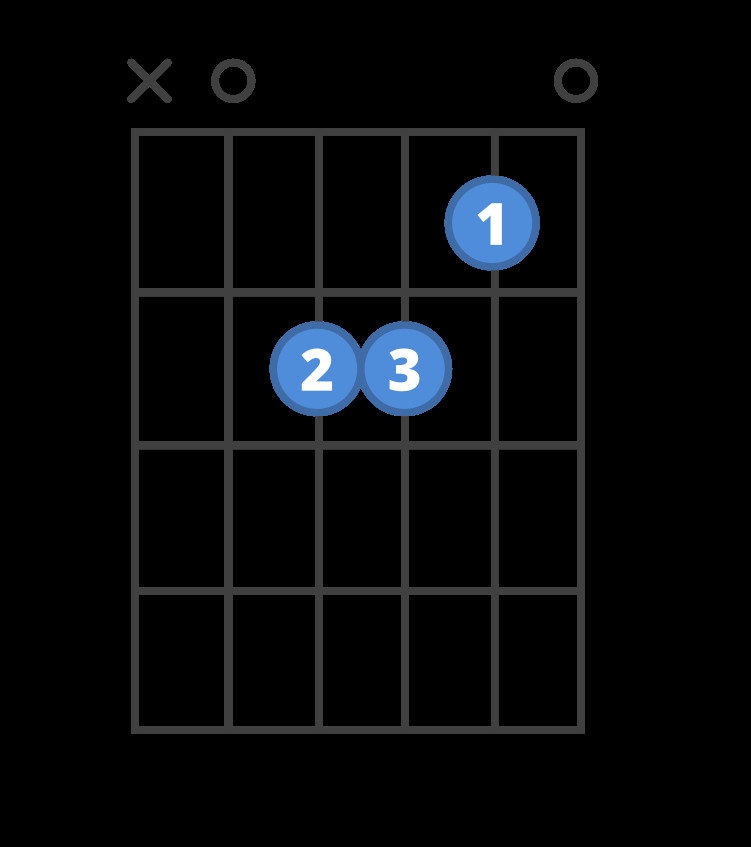 Chord diagram for the Am guitar chord.
Chord diagram for the Am guitar chord.
Before we dive into the finger placements, let’s quickly understand what a chord diagram is showing us. Chord diagrams are like simplified maps of your guitar’s fretboard, guiding you where to place your fingers. If you’re new to these, don’t worry!
💡 New to Chord Diagrams?
If chord diagrams look like a puzzle right now, you can easily learn how to read chord diagrams with our helpful guide. It will quickly become second nature!
Step-by-Step Guide to Playing the Am Chord
Step One: First Finger Placement
Begin by taking your first finger and placing it on the first fret of the second thinnest string (which is the B string). Remember, guitar strings are numbered from thinnest (1st string) to thickest (6th string).
When we refer to a “fret,” we mean the space just behind the metal bar, closer to the guitar’s headstock, not directly on top of the fret itself.
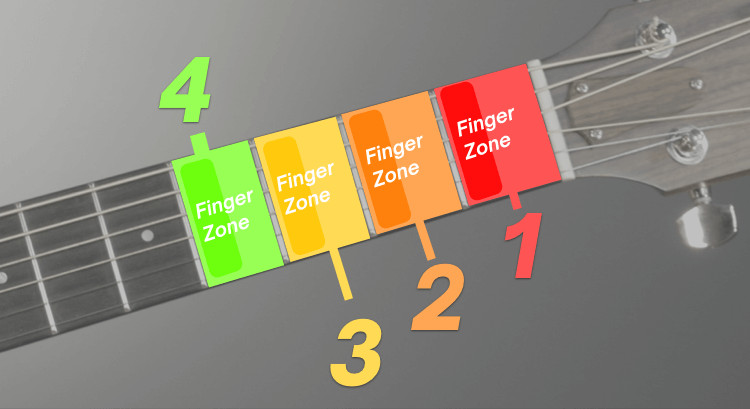 Alt text: Diagram illustrating finger zones on a guitar neck for accurate finger placement on the fretboard.
Alt text: Diagram illustrating finger zones on a guitar neck for accurate finger placement on the fretboard.
Looking at the diagrams above, you’ll position your first finger on the orange string within the orange finger zone. Here’s how it looks:
Step Two: Second Finger Placement
Next, place your second finger on the second fret of the fourth string (the D string).
 Alt text: Image showing the second finger placement for the Am guitar chord, emphasizing finger curvature for clear sound.
Alt text: Image showing the second finger placement for the Am guitar chord, emphasizing finger curvature for clear sound.
Take a moment to observe the curvature of the finger in the image. Notice how Anna has her second finger nicely curved, arching over the first three strings. This technique ensures she’s pressing down firmly on the fourth string with just the tip of her finger.
This finger curvature is key to achieving a clear, buzz-free sound from your Am chord. It prevents your second finger from accidentally muting adjacent strings.
Want to deepen your chord skills? Our “One Chord a Day” free course shows you how to master essential guitar techniques in just 14 days.
Step Three: Third Finger Placement
Now, position your third finger on the second fret of the third string (the G string).
This will require you to tuck your third finger slightly underneath your second finger, placing it on the same fret (the second fret). Don’t worry if this feels a little cramped at first; with practice, it will become more natural.
Step Four: Strumming the Am Chord
For some guitar chords, you strum all six strings. For others, like the Am chord, you only strum a selection.
For the Am chord, you will strum only the thinnest five strings. Avoid strumming the thickest string (the low E string) for this chord.
Position your guitar pick (or thumb) just above the second thickest string (the A string), and strum downwards, encompassing the A string and all the thinner strings below it. By consciously avoiding the thickest string, you will play a perfect Am chord.
Practice Tips and Exercises for Am Chord Mastery
Chord Coach App
To practice the Am chord step-by-step, the ChordBank App’s Chord Coach is an invaluable tool.
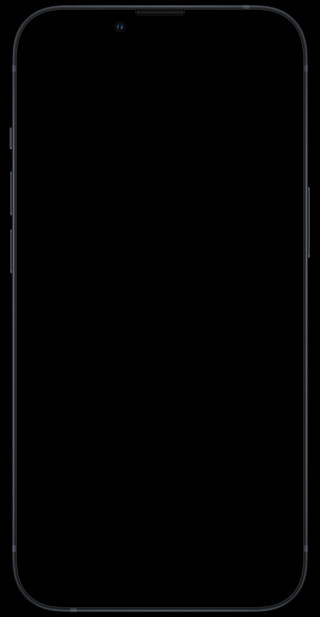 Alt text: iPhone displaying the ChordBank app Chord Coach, a tool for interactive guitar chord practice.
Alt text: iPhone displaying the ChordBank app Chord Coach, a tool for interactive guitar chord practice.
The ChordBank app uses your phone’s microphone to listen as you play, providing real-time feedback and guiding you string by string. It’s like having a personal guitar tutor in your pocket!
[
Start practicing Am with Chord Coach »
Chord Coach: Step by Step](/o/chordtraining/?k=Z1WFpU>x=x921cYdcxY)
Beginner Guitar Lessons
If you’re finding it challenging to get started with guitar chords, our “Chords For Beginners” lesson series is designed to make learning easy and enjoyable.
In these lessons, you’ll learn fundamental skills like reliably tuning your guitar (a must!), mastering essential chords, and developing your rhythm – all within a few days.
[
Explore Chords for Beginners Lessons »
Lesson](/o/open-lesson/?k=ZEaGSC&unit=beginner)
Games for Engaging Practice
To make practicing the Am chord more fun and engaging, try these interactive practice drills and games from ChordBank.
💡 Practice Smart Tip:
These links will directly open in the ChordBank App on your iPhone or iPad, making practice seamless. Remember, consistent practice and muscle memory are key to chord mastery!
Fun Guitar Chord Games
 Alt text: iPhone showcasing ChordBank app games for guitar practice, making learning chords interactive and enjoyable.
Alt text: iPhone showcasing ChordBank app games for guitar practice, making learning chords interactive and enjoyable.
 Alt text: Another iPhone image displaying ChordBank games, emphasizing the fun aspect of learning guitar chords through gamification.
Alt text: Another iPhone image displaying ChordBank games, emphasizing the fun aspect of learning guitar chords through gamification.
Engage with Blast-o-chords or ChordPOP! while practicing transitioning your fingers on and off the Am chord. ChordBank listens through your iPhone’s microphone and reacts to your playing by firing darts or revealing letters as you play chords correctly.
[
Play Blast-o-chords: Am »
Explosions and guitar chords – practice has never been this fun!](/o/game/?k=ZfPz95>x=x921cYdcxY)
[
Play ChordPOP!: Am, C, and D »
Pop balloons with chords! Practice Am along with C and D chords.](/o/game/?k=Z38Wc6>x=x921cYdcxY,xdxicBWmxx,xY26cxNnxx)
Smart Flashcards for Chord Changes
Smoothly transitioning between chords is a crucial step in evolving from someone who owns a guitar to someone who truly plays the guitar. These smart flashcards are designed to help you master chord changes effectively.
Practicing Am to C Chord Changes
The C major chord is an excellent choice to practice chord changes with the Am chord.
Am
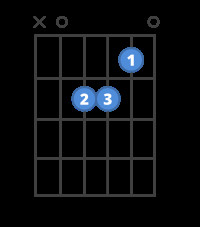 Chord diagram for the Am guitar chord.
Chord diagram for the Am guitar chord.
C
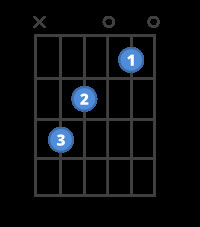 Chord diagram for the C guitar chord.
Chord diagram for the C guitar chord.
These two chords are perfect for practicing transitions because they utilize the same strings and three fingers. You can even keep your first finger anchored in the same position, simplifying the movement of your second and third fingers.
[
Practice Am and C Chord Changes »
Smart Flashcards for chord transition practice.](/o/flash/?k=ZSA52X>x=x921cYdcxY,xdxicBWmxx)
Expanding Your Chord Practice: Am, C, Em, G
Once you’re comfortable with Am and C, expanding your practice to include the Em and G chords is a great next step.
Am
 Chord diagram for the Am guitar chord.
Chord diagram for the Am guitar chord.
C
 Chord diagram for the C guitar chord.
Chord diagram for the C guitar chord.
Em
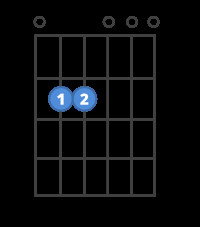 Chord diagram for the Em guitar chord.
Chord diagram for the Em guitar chord.
G
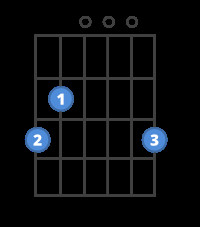 Chord diagram for the G guitar chord.
Chord diagram for the G guitar chord.
[
Practice Am, C, Em, and G Chord Changes »
Smart Flashcards to practice these four essential guitar chords.](/o/flash/?k=1M6zd>x=x921cYdcxY,xdxicBWmxx,YBxbcxiwxY,z7xVc~rqxx)
About the Author:
Anna Freitas brings her expertise from Berklee College of Music (B.A.) and her extensive experience as a performing guitarist and vocalist across New England. Anna is dedicated to guitar education, teaching both in-person and online via Skype.
This guide provides a solid foundation for mastering the Am guitar chord. Consistent practice and utilizing the recommended resources will have you playing smoothly and confidently in no time!


